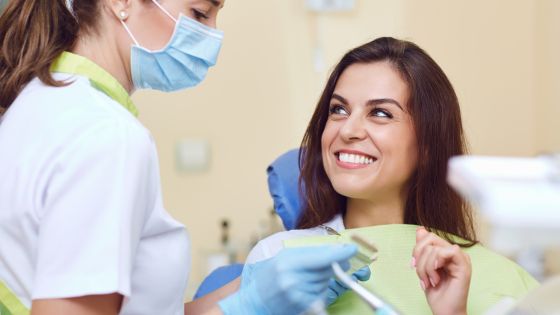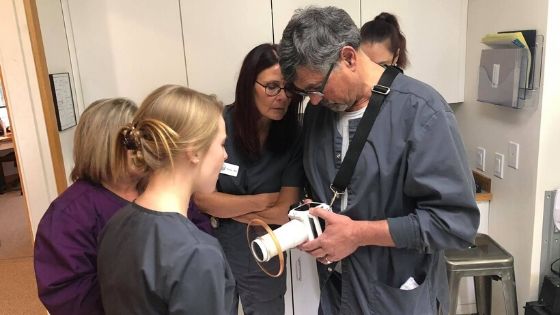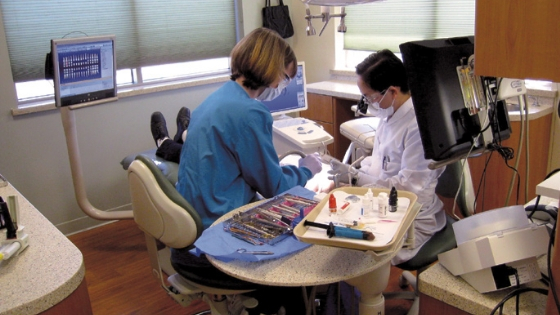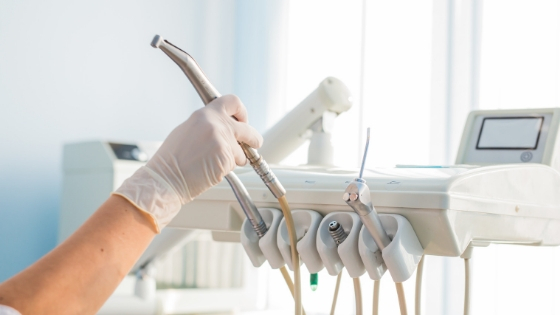Unlock Your Practice's Potential With Intraoral Cameras
Unlock Your Practice's Potential With Intraoral Cameras
Running a dental practice can be challenging, whether you’re a new dentist or someone who has been in the field for a while. However, there is one technology that can help unlock your practice’s potential and keep your patients coming back satisfied – intraoral cameras.
Intraoral cameras are small, handheld devices that allow you to capture high-quality images from inside a patient’s mouth. These images can be used to diagnose dental problems, show patients the condition of their teeth and gums and explain procedures. Here’s how intraoral cameras can help you take your dental practice to the next level.

Better Diagnosis
Intraoral cameras make it possible for dentists to diagnose problems that may have been missed using traditional diagnostic methods. For instance, these cameras can capture images of the inside of a patient’s mouth, showing areas that are difficult or impossible to see with the naked eye. By catching dental problems early on, you can save your patients time and money while ensuring that they receive the appropriate treatment.
Increased Patient Education
When patients can see what’s happening inside their mouth, they are better able to understand why they need a certain procedure. With intraoral cameras, you can show patients exactly what’s going on inside their mouth, allowing them to see the condition of their teeth and gums in real-time. This can help reduce anxiety and increase their trust in you as their dentist.
More Accurate Treatment Planning
Intraoral cameras also allow dentists to plan treatment more accurately. By having a clearer view of the inside of the patient’s mouth, you can design a more effective treatment plan that takes into account all possible problems. This can help prevent treatment complications and ensure that patients receive the best possible care.
Improved Patient Outcomes
The use of intraoral cameras can result in improved patient outcomes. By catching problems early on, and tailoring treatment specifically to each patient’s needs, you can help ensure that they have a successful outcome with less pain and fewer complications. This can lead to more satisfied patients and help build your practice’s reputation.
Contact Us Today!
Intraoral cameras are a game-changer for modern dental practices, helping dentists improve patient care and overall practice success. By making accurate and early diagnoses, educating patients, planning effective treatment, and delivering improved patient outcomes, these devices can help you unlock the full potential of your practice. If you haven’t yet incorporated intraoral cameras, now is the time to do so. Your patients and your practice will thank you.




